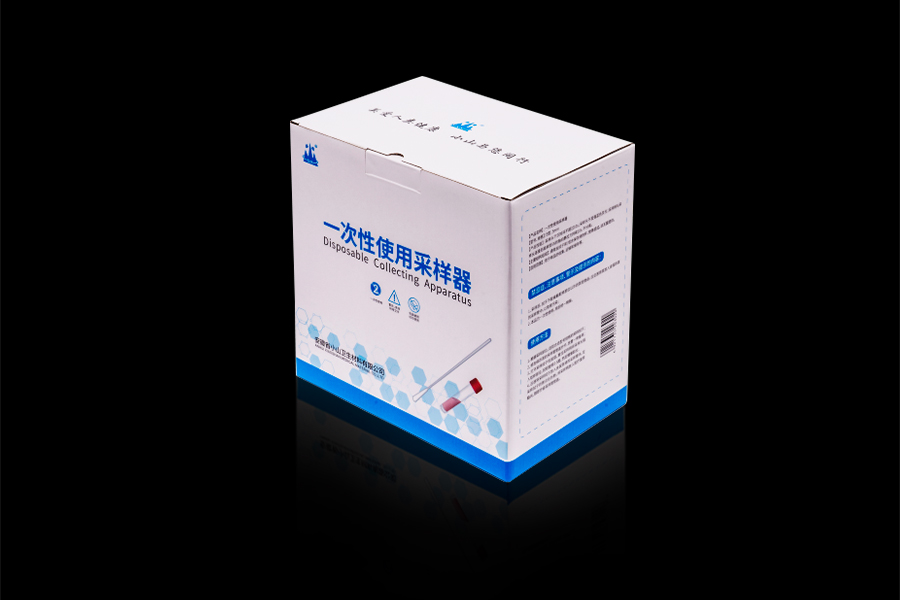The environmental impact of disposable sampling apparatus is an increasingly important consideration in both medical and scientific settings. When evaluating whether the materials used in such devices are biodegradable or recyclable, several factors come into play, including the type of material, its compatibility with sample preservation requirements, and the feasibility of disposal options within existing waste management systems.
Typically, disposable sampling apparatus components—such as swabs, collection tubes, and preservation solution containers—are made from synthetic polymers like polypropylene (PP), polyethylene (PE), and polystyrene (PS). These materials are widely used in laboratory and clinical environments because they offer strong chemical resistance, maintain structural integrity under varying temperature conditions, and support sterility through gamma irradiation or ethylene oxide treatment. While these plastics are technically recyclable, their actual recyclability in practice is often limited. This is mainly due to contamination from biological or chemical samples, which renders them unsuitable for standard recycling streams unless they are first properly decontaminated—a process not commonly performed at the point of disposal.
Biodegradability is another concern. Conventional medical-grade plastics do not degrade naturally in the environment. They may persist in landfills for hundreds of years, contributing to long-term environmental pollution. To address these issues, some manufacturers have begun exploring alternative materials such as polylactic acid (PLA), polyhydroxyalkanoates (PHA), and other bio-based or compostable polymers. These materials are designed to break down more quickly under industrial composting conditions, although their use in sampling apparatus is still limited due to challenges in ensuring sterility, compatibility with preservatives, and shelf stability.

Furthermore, even when recyclable or biodegradable materials are used, proper disposal depends heavily on the end user. In many healthcare and laboratory settings, all single-use sampling devices are classified as biohazardous or clinical waste after use, regardless of the material composition. As a result, they are incinerated or treated as medical waste rather than being sent for recycling or composting.
To promote environmental responsibility, manufacturers and suppliers can provide detailed documentation on the material composition of their disposable sampling apparatus, along with recommended disposal practices. Institutions and users can also adopt greener procurement strategies by selecting products made from environmentally preferable materials when available and appropriate for the intended application.
While most current disposable sampling apparatus are not biodegradable and only partially recyclable, there is a clear trend toward the development of more sustainable alternatives. Users interested in reducing their environmental footprint should seek out products specifically designed with sustainability in mind and ensure proper end-of-life handling to maximize any environmental benefits.

 English
English 中文简体
中文简体








